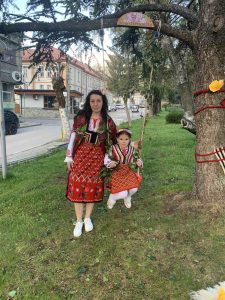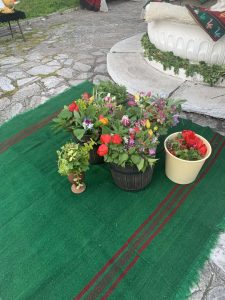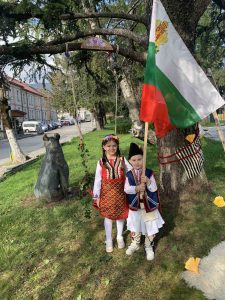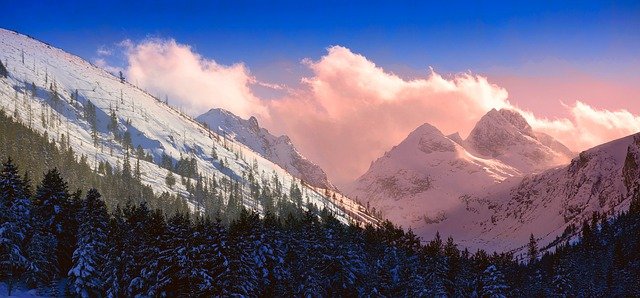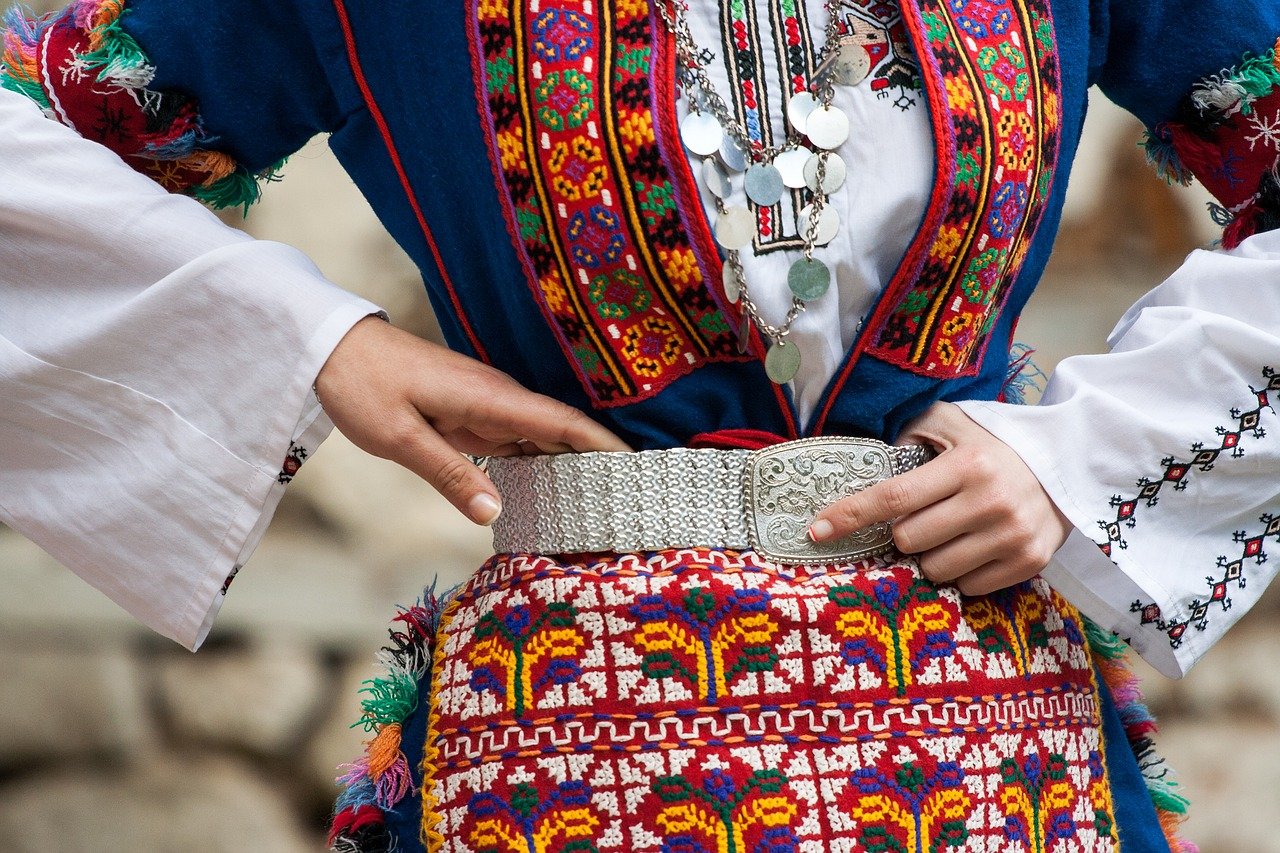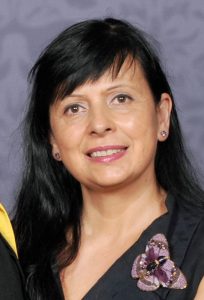Bulgarian folklore is the most valuable cultural treasure that glorifies our country around the world. The unique songs, dances, oral creativity and traditions carry within themselves the history of the time and have preserved the Bulgarian language.
An even more interesting fact is that on the small territory of our country there are as many as six folklore areas, each of which is distinguished by its characteristic features. Those in the know surely know that the six folklore regions in Bulgaria are Shops, Thrace, Rhodope, Pirin, Dobrudzhan and Severnyashka.
There is much to tell about each of them – the dances, songs and costumes characteristic of each area, but in today’s article we will focus your attention on the Pirin Folklore Area and the magic and beauty it brings. If you are curious to know more, read the following lines.
Briefly about the Pirin folklore region
It gets its name from the Bulgarian mountain of the same name. It is believed that the origin of the name Pirin comes from the name of the supreme Slavic deity Perun. The stories preserved about him say that Perun was the god of lightning and storms, who protected good people and punished the bad strictly.
The Pirin folklore region tentatively extends in the southwestern part of Bulgaria, covering the cities of Blagoevgrad, Razlog and Bansko, Gotse Delchev, Sandanski, Petrich. It borders the Shops and Rhodope regions, as well as neighboring Macedonia and Greece. Therefore, the folklore in the Pirin region is to some extent influenced by the other regions and some similar elements can be found.
The Pirin folklore region and its wonderful folk songs
One of the most characteristic features of folk songs from the Pirin ethnographic region is the singing of two voices. The singer sings the song, and several others sing in a second equal voice, known as “iso”. In some places, the songs are performed with the so-called “squealing” – making sounds similar to hiccups, whining and surprising calls.
To this day, songs performed at weddings, meetings or during special customs are preserved and sung. Male two-voice songs with revolutionary lyrics from the Banskalia region are also unique.
The traditional musical instruments of the Pirin region quite logically complement the characteristic way of performing folk songs. Among the typical instruments you will notice the tambourine, jura bagpipe, zurna and drum.
Peculiarities of Pirin folk dances
The Pirin folk dances are strongly influenced by the Shop and Rhodope dances and very few have been preserved in a purely Pirin style. That is why they also stand out with their variety and wealth of movements. Female people are in a moderate rhythm, with the most popular grip being the hands bent at the elbow. Male folk singers start with a slow tempo, which speeds up during the dance. There are quite a few bounces and springs. Among the most popular people from this region are: Ograzhdansko, Makedonsko, Melnishko, Tezhkoto, Staro Bansko, Strumsko, Maleshevsko, Ginka, Dzhanguritsa, etc.
Pirin national costumes
Pirin costumes are extremely beautiful and stand out. Women’s costumes are from the Sayachen, including a shirt, Saya, wool belt, narrow long apron, various ornaments, headscarf, thick patterned socks, tservuli.
The men’s costume is white and close to the body. It includes a white shirt, narrow breeches attached with a string or belt to the waist, a short woolen waistcoat, a red woolen belt, stockings, turbans, a black cap.
We can certainly summarize that the Pirin region has collected an extremely valuable cultural heritage. It is worth visiting the area and feeling the magic of Pirin songs and dances. And while you’re here, don’t forget to enjoy delicious traditional dishes from the Pirin region: https://ruskovets.com/tradicionni-bulgarski-yastiya-kakvo-da-opitame-ot-banskata-kuhnya/
